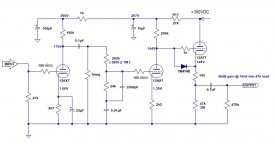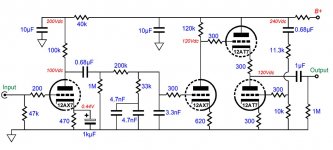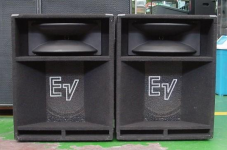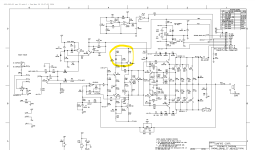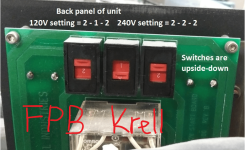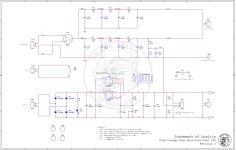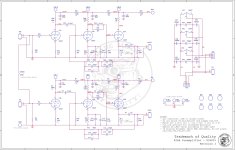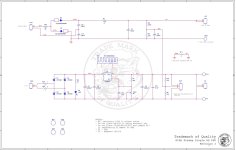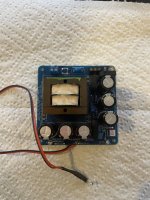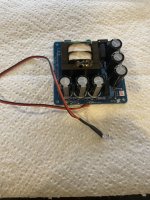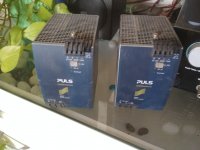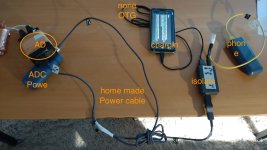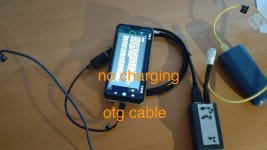Help Sony X779ES not reading TOC/KSS272A
- Digital Source
- 41 Replies
Hi all,
I'm quite out of touch regarding diagnosing faults in CD players - I was never that good at it anyway. However, I recently was given a Sony x779es player, beautiful condition, and it seems an awful waste not to try to fix it at least. The laser sled is KSS272A which of course is unobtainium. The unit looks completely original inside, and doesn't look molested in any way. No caps are swollen, although I did look at some surface mount electrolytics on the motor board itself and they were very high ESR, so I changed them out for new ones.
Of course its not reading CDs. It takes the disc in, the laser head moves up and down to focus, I can see the faint red laser beam, it does the reflective surface check and will spin up the CD. Then after a quite short spin, maybe 5-7s, it stops and the display reads "0".
From reading around, this means that the focusing is working, the laser is not dead, and the motor etc is probably OK. The sled moves on magnetic rails, everything moves very freely, and the head is moving right to the end of its travel to the centre of the disc. I don't think its mechanical at this stage. The fact that maybe the laser is OK, and the fault is elsewhere gives me some hope that perhaps this one can be brought back from the dead.
I think I have read every thread on this player on this site - most of which end with no resolution as you'd imagine. All say not to touch the focus gain/tracking etc on the laser head and the total power output is automatically controlled as far as I can see. Because its not reading, I don't think I can get an eye pattern, so its just that little bit tougher.
Could anyone give me any pointers to start into this?
Many thanks for reading so far!!
I'm quite out of touch regarding diagnosing faults in CD players - I was never that good at it anyway. However, I recently was given a Sony x779es player, beautiful condition, and it seems an awful waste not to try to fix it at least. The laser sled is KSS272A which of course is unobtainium. The unit looks completely original inside, and doesn't look molested in any way. No caps are swollen, although I did look at some surface mount electrolytics on the motor board itself and they were very high ESR, so I changed them out for new ones.
Of course its not reading CDs. It takes the disc in, the laser head moves up and down to focus, I can see the faint red laser beam, it does the reflective surface check and will spin up the CD. Then after a quite short spin, maybe 5-7s, it stops and the display reads "0".
From reading around, this means that the focusing is working, the laser is not dead, and the motor etc is probably OK. The sled moves on magnetic rails, everything moves very freely, and the head is moving right to the end of its travel to the centre of the disc. I don't think its mechanical at this stage. The fact that maybe the laser is OK, and the fault is elsewhere gives me some hope that perhaps this one can be brought back from the dead.
I think I have read every thread on this player on this site - most of which end with no resolution as you'd imagine. All say not to touch the focus gain/tracking etc on the laser head and the total power output is automatically controlled as far as I can see. Because its not reading, I don't think I can get an eye pattern, so its just that little bit tougher.
Could anyone give me any pointers to start into this?
Many thanks for reading so far!!
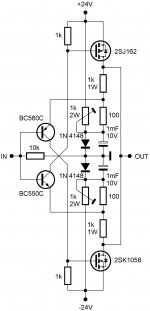
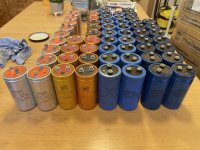
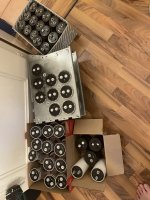
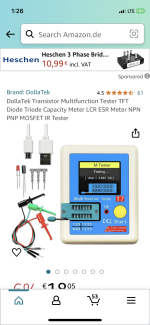
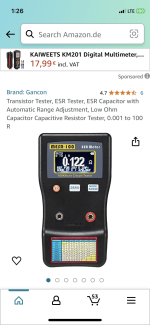

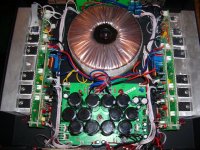
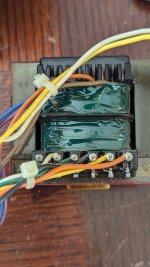
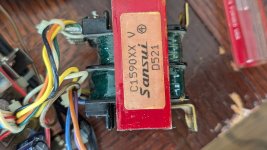
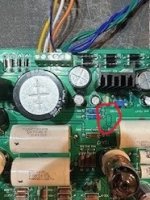


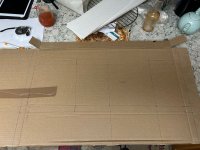
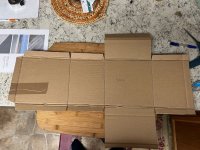
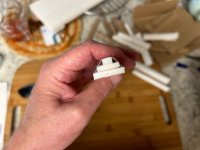

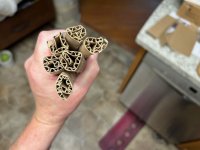
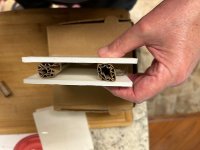
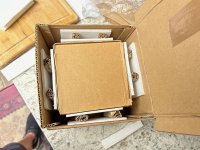
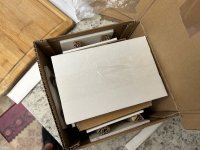
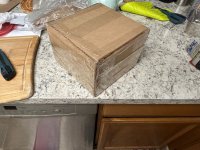

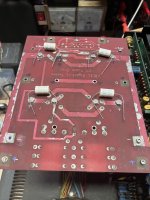
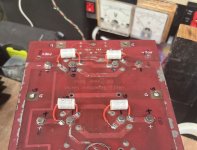
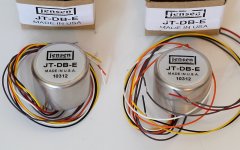
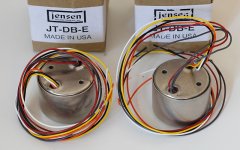
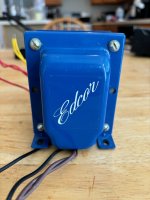
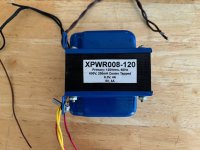
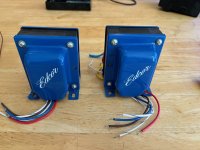
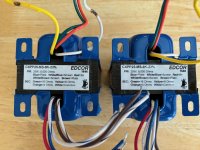
 !!!! On the plus side the 2 that I did today are quite a bit better than the first 4.
!!!! On the plus side the 2 that I did today are quite a bit better than the first 4.